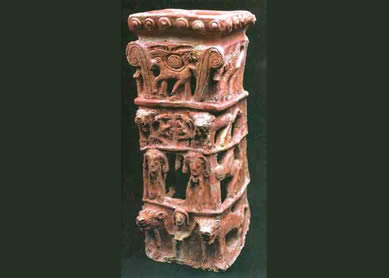God said, “Let us make humankind in our image, according to our likeness; and let them have dominion over the fish of the sea, and over the birds of the air, and over the cattle, and over all the wild animals of the earth, and over every creeping thing that creeps upon the earth.” So God created humankind in his image, in the image of God he created them; male and female he created them. (
What does it mean to be created in the image of God? Does it mean that human beings and God share similar physical characteristics? Does it suggest that humanity and the Divine Being share a similar moral compass?
Most Christian (and to some extent Jewish and Muslim) interpretations of this passage are influenced by Greek philosophy, which posits a dualism of body and soul. Thus, theologians over the centuries have asserted that it is the divine spark within human beings—whether that element is free will, rational thinking, spirituality, or a moral compass—that is imago dei (Latin for image of God). However, the authors of this passage lived prior to notions of a “soul,” especially one that was distinct from the body. The biblical writers were also a lot more comfortable with the idea that God could have a body. Once we peel back centuries of interpretation and the influence of Greek philosophy, what were these biblical writers really talking about?
The Hebrew word tzelem is not very common in the Bible, but it is used in Mesopotamian royal ideology, where the king is designated as “the image of god” (Akkadian, tzalmu). In these contexts, to be in the image of the national god means to serve as the god’s representative on earth, to share in divine authority. Instead of representing God physically, the authors of




